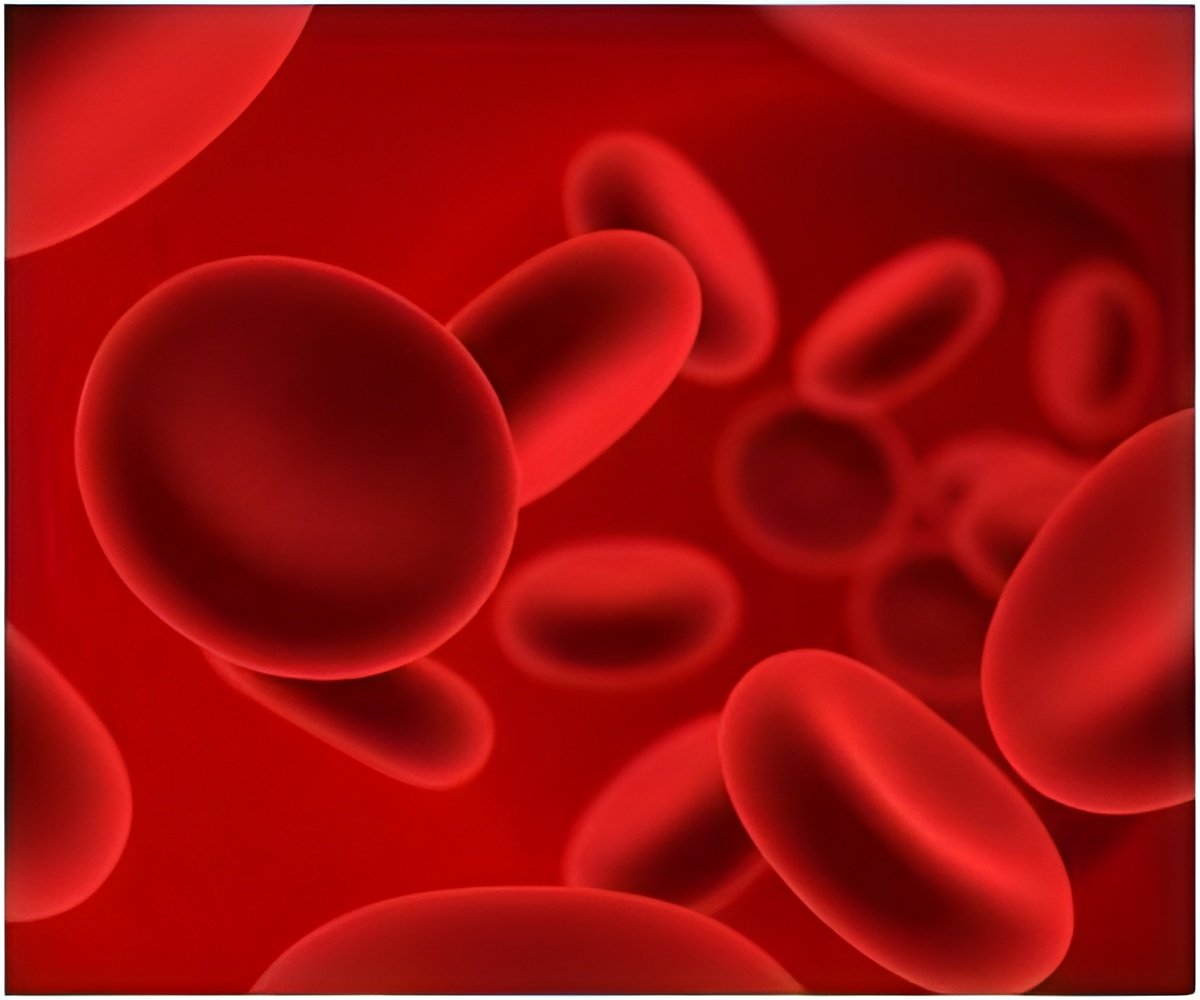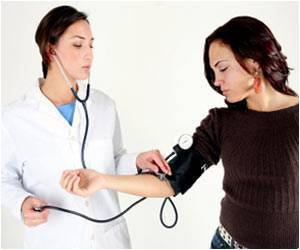
Researchers from Monash University and the Australian Synchrotron have now solved the long-sought-after atomic structure of closed plasminogen. "We were very surprised to find that a simple sugar tethered to plasminogen guards access to the site of activation," says Dr. Tom Caradoc-Davies, from the Australian Synchrotron. Most remarkably, however, the researchers also found that plasminogen plays a kind of peek-a-boo with the blood clot. "We found one part of plasminogen seems to be very unstable and transiently opens up a tiny bit. Proteins in the blood clot bind to this 'Achilles' heel' when it is exposed, trapping plasminogen in the open form that can be activated," says lead author, Dr. Ruby Law, from Monash University.
"We use plasminogen-activating drugs to treat stroke and other life-threatening disorders associated with blood clots. However, until now, the molecular details for these therapeutic effects have never been understood," concludes co-senior author, Paul Coughlin, a clinical hematologist from the Australian Centre for Blood diseases. "Now, with the structure of plasminogen and an enhanced understanding of how it is converted to plasmin, we finally have a platform to develop new and more effective clot-busting therapeutics."
Source-Eurekalert











